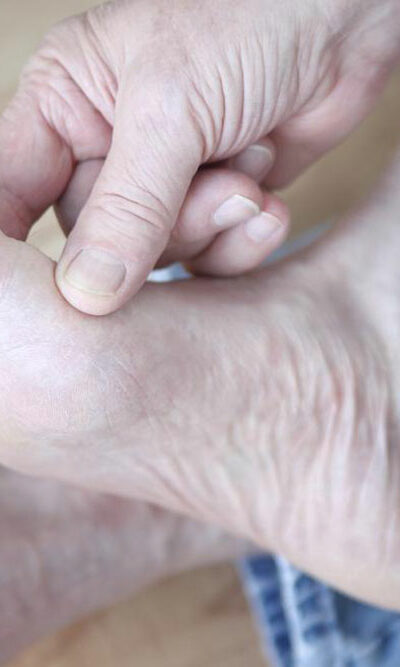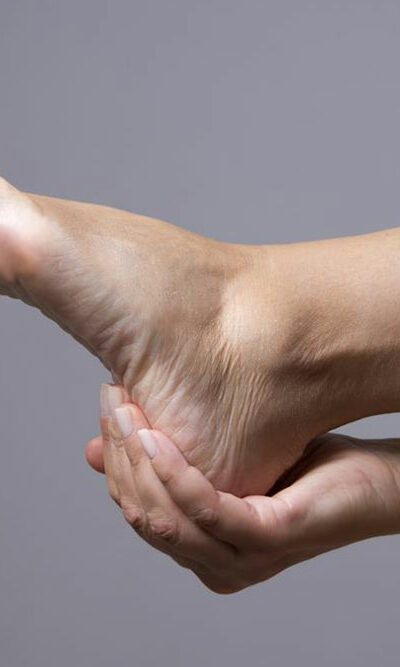
Popular Creams for Shingles Pain Relief
Shingles is a troublesome infection that is caused by the same virus—varicella zoster (VZV) virus—that is responsible for causing chickenpox. It appears as a painful rash and persists for at least 2 weeks. While it goes away in a maximum of 4 weeks, it causes immense pain, itching, burning, and all-around discomfort. The symptoms can be tough to handle, but there are a number of ways one can make themselves feel more comfortable during its outbreak. There are a number of home remedies available for treating shingles pain. When one is affected by shingles, after a consultation with the doctor, they can look for the best cream for shingles pain. Ointments for treating shingles pain are readily available in the market and provide great relief. Some of the popular creams for treating shingles pain have been listed as follows. Calamine lotion Calamine lotion is a topical anti-itch lotion. It has astringent and skin protecting properties which can help one get relief from the itching sensation caused due to shingles. They also slow down the growth of bacteria and prevent the infection from getting even worse. Calamine lotion soothes the skin and can be considered as one of the best creams for shingles pain. Lidocaine Lidocaine is a numbing medicine that is used to control and alleviate pain. It comes in a variety of different forms which include the likes of sprays, powders, patches, and lotions. It is generally used in the lotion form and is quite effective. One can apply this lotion moderately on affected areas to get relief from the pain caused by shingles. Capsaicin cream Capsaicin is mainly found in chili peppers. It is the ingredient which makes the mouth burn when one has too many chili peppers. Capsaicin creams help relieve one of the pain experienced due to shingles.










